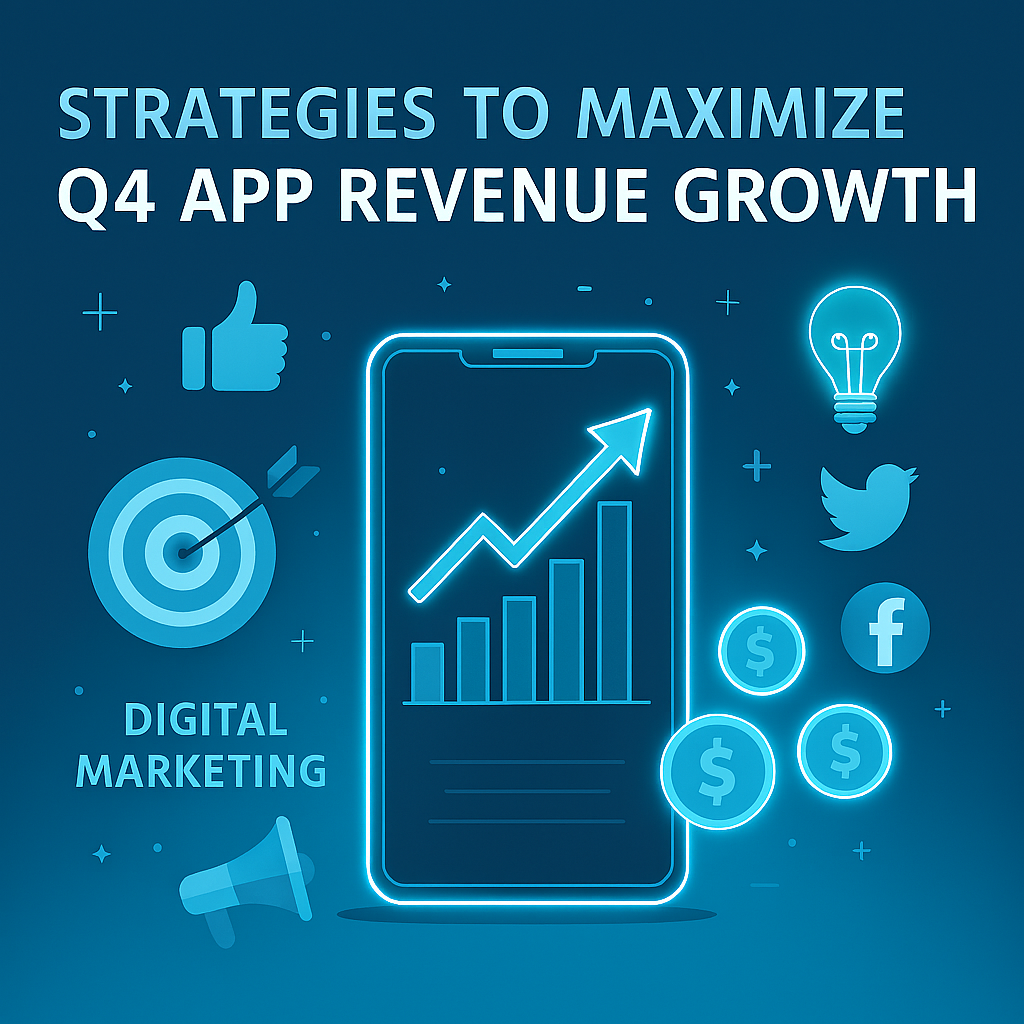In this day and age, mobile app marketers are charged with the difficult task of finding the unbeatable combination of marketing activities to grow their app. We want to provide our help by exploring 3 app marketing strategies which have proven decisive for successful paid user acquisition campaigns we have run in the past quarter. We will include examples from mobile games, shopping and fintech apps.
What is paid user acquisition ?
First of all, we have to underline that paid user acquisition is only one of the multiple channels employed by app marketers in their overall strategy. Indeed, they can focus on app store optimization, brand advertising, influencer marketing and referral programs, just to name a few. Please note that the right combination between two or more of these strategies can boost the performance of all of them in a win-win situation.
However, in this article we will focus on paid user acquisition, which refers to the activity of generating non-organic installs for a promoted app, through a number of channels such as ad networks, DSPs (Demand Side Platforms) and social media platforms. Once provided with a budget and a set of creatives, these platforms will show the ads to potential users through their publishers.
To learn more about the basics of paid user acquisition, don’t miss our guide to app install campaigns here.

Now let’s move on the main point of our article, how to achieve growth with the following app marketing strategies:
- Choose the most suitable pricing model;
- Set the correct app marketing KPIs;
- Optimize your creatives.
CPI or CPA ?
When dealing with paid user acquisition, there are two common pricing models for running app install campaigns with most of the platforms we have mentioned above: CPI and CPA. The former stands for cost-per-install and it assumes that advertisers or app developers pay their marketing partners a fixed or variable payout for the number of installs they have generated. The latter instead stands for cost-per-action, and sets as payable conversion not the install but a post-install event, chosen by advertisers.
By establishing a clear goal in your app marketing strategy, it becomes essential to choose the pricing model which best suits your goal. CPI campaigns allow advertisers to easily monitor how much they are paying for every new user, and are likely to scale results in shorter volume compared to CPA campaigns. Indeed, installs represent the first step in the user funnel for every app, and that’s why it usually takes less time to optimize app install campaigns towards that event and scale the volume of new installs quickly.
On the contrary, CPA campaigns may take some time to be fully optimized because the payable event takes place after the install, somewhere within the user funnel. There are many post-install events which can be set as payable conversion such as registrations, purchases, deposits and so on. As we’ve seen with our app install campaigns, the closer they are to the install the faster the campaigns can be optimized towards those events.
However, CPA campaigns offer a major benefit over CPI campaigns, as they represent a safer pricing model. By selecting profitable events as payable conversions, advertisers will pay their marketing partners only after having already earned money from the users.

Set The Right App Marketing KPIs
There are a large number of app marketing KPIs to monitor in paid user acquisition campaigns, but by selecting the correct ones will make you save time and allocate your budget more efficiently. CPI and CPA can be two KPIs too, and when they are it is more likely to talk about eCPI and eCPA, where “e” stands for effective or equivalent. It is possible to compute and monitor eCPI eCPA by dividing the total advertising spend for the number of installs (eCPI) or in-app events (eCPA) generated.
Assessing campaigns’ ROI is another common app marketing strategy, especially for mobile games. ROI compares the revenue generated by the new users acquired through app install campaigns to the money spent for acquiring those users. By monitoring how much money you are earning from each dollar spent on paid user acquisition campaigns you can optimize such campaigns accordingly.
In addition, you can also monitor and compare ARPU and CAC, in order to add insights to the ROI analysis. ARPU measures the average revenue per user, which is how much money the average user spends in-app, while CAC reflects the customer acquisition cost and measures how much did you pay to acquire a single user. They’re respectively calculated as the ratio between total revenues and number of users acquired in a given time period and the ratio between total advertising spend and number of users acquired in a given time period.
Optimize Your Creatives
Our last suggestion for app marketing strategies is about creatives. As mentioned at the beginning of this article, advertisers provide marketing partners with a set of creatives, to be published in mobile apps or websites in order to be shown to potential users. Therefore, creatives play a crucial role in paid user acquisition campaigns and can be optimized too.
There are many potential creatives to be used in app install campaigns such as banners, videos, playable and interstitial ads and so on. Each one of them has benefits and drawbacks, some ad formats work best for specific verticals. For example, based on our experience in running app install campaigns for game developers, video ads are more likely to attract high-LTV users for mobile games than other ad formats are. This and other valuable insights can be provided by rotating and testing multiple ad formats.
Creative rotation and creative A/B testing represent the two main tools for creative optimization, allowing app marketers and advertisers to better understand the performance of their ad formats and to optimize paid user acquisition campaigns towards the top performing ones.
The combination of these app marketing strategies must follow a well-designed paid user acquisition plan, in order to make the right choice between the pricing model to adopt for app install campaigns and the KPIs to monitor. However, please remember that paid user acquisition is extremely dynamic, requiring continuous measurement and optimization of your marketing efforts.





















